Polikarpov Po-2, ICM, Hungary, 1957-1959
The original...
In the late 1980s and early 1990s, a short series of aviation history magazines were published in Hungary. The authors made an excellent summary of the Po-2 and its history in Hungarian use. Most of these biplanes were used either by the state airline, or the military, and later transferred to the agricultural ministry for trials, and to the flying clubs to serve as glider tugs.
However, according to these articles, a few additional planes existed, and HA-PAX was one of them. It was handed over to MHSZ by the occupying Soviet forces in 1957. (MHSZ was the umbrella organization handing all military-related sports genres and their clubs in the country. Basically, it provided a pre-military training base for specialists, such as radio operators, snipers, and of course pilots. If anyone wanted to fly, had to join one of the flying clubs controlled by MHSZ. )
The plane was in pretty bad condition, and it was repaired by AKKÜ, the experimental aeroplane factory on Dunakeszi airfield, close to the capital, Budapest. The new livery was a stunning yellow-red checkerboard pattern. Unfortunately, the plane had a very short life after the repair, it crashed in 1959. The glider behind the tow plane got too high immediately after takeoff, lifted up the tail of the Po-2. Both planes crashed, and the Po-2 burned down completely. As far as I know, nobody was injured.
That was all known about this plane for a very long time, we did not even have a photo, showing the colour scheme. Luckily, the internet age changed everything, and today we have a handful of photos, showing important details.
... and its model version
I decided to use ICM´s 1:48 scale kit. It is an excellent model of an early Po-2 bomber variant, and also includes a few, nicely sculpted Soviet figures. Eduard´s photoetched set provides a really nice addition to the already well-detailed kit.
I quickly realized that the original PAX was a late version, and the differences are quite significant if you really want to pay attention to the details. As far as I know, there were quite many changes, but the most significant ones are the different propeller, ailerons, and horizontal stabilizer. I used the propeller from an old Eduard (ex-Gavia) kit and modified the stabilizer. However, I did not change the ailerons, it would have been quite a serious operation.
It is important to properly identify the bomber specific item on the sprues, including the photo-etched set as well. Among a few things, I had to fill a rectangular hole on the right lower wing, that was made for the bombsight, and remove the landing light.
Otherwise, the build was quite problem-free, except for the usual challenges with biplanes. I used a plexiglass assembly jig, and that was one of the best additions to my modelling toolset. You can see the whole build thread here on iModeler.
Painting is done with acrylics, the yellow is Tamiya, the red is Vallejo. Since the plane was used for a short period, I did not use too much weathering, but I tried to break the monotony of the yellow colour with oil paints.
The mask and custom registration decal design were done in Inkscape, a free vector graphics software.
Rigging was done by Uschi threads. Not really life-like on the wings, since the original plane had flat wires there, but I decided not to use my photoetched set of flat rigging wires. I have never used it, and the reviews are mixed. I was really afraid of ruining this project in the end - this was my only build in 2021!
Summary
Well, I love this model, it was a good decision to spend time masking the checkerboard pattern. During this project, I tried and learned a few new things, for example designing masks and decals in Inkscape. This is a great tool, and I am sure I will use it for other projects as well. I am getting better at rigging biplanes, but I am still far from those amazing WW1 modellers, seen here on iModeler as well. Rigging is really tricky to get done right, but actually, it is quite much fun. I also tried to make my own decals - it works, but there is a place for improvement there as well.
On the negative side, I struggled with the dust during the entire project. The whole surface is full of small dust particles. I am not sure where the dust is coming from. I started having this issue after moving to this apartment, it is only a few years old, so all modern, including the ventilation system for the whole building. We can see extremely fine dust settling down around the air vents, and according to one of the neighbours, it is not supposed to happen. He works as an HVAC engineer, and he believes that the whole system design is flawed. I agree, the constant battle against the dust is really annoying, especially if you build models in your free time...
Anyway, it was a fun build, I enjoyed it, and love the result. I started working on the next project, an Airbus A320 in the SAS group build.
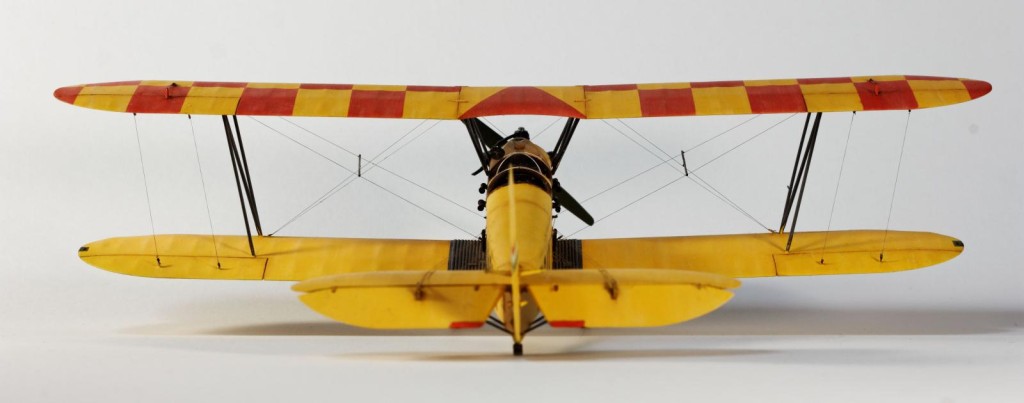
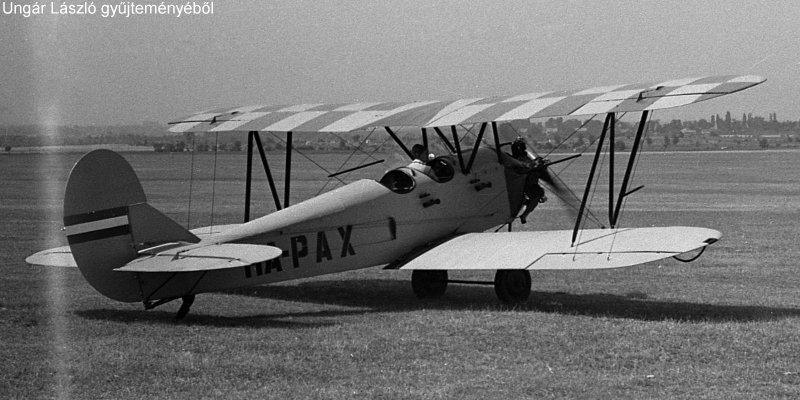
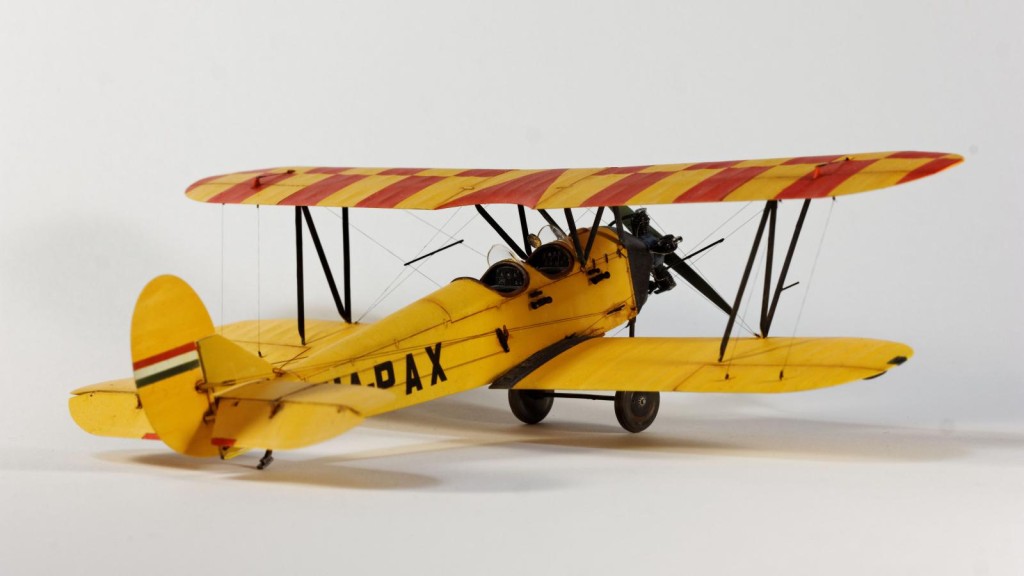
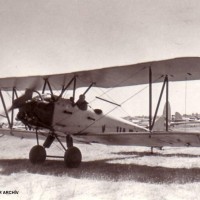

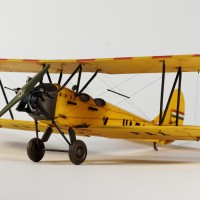

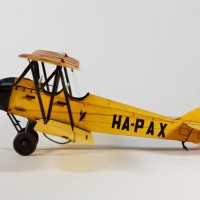
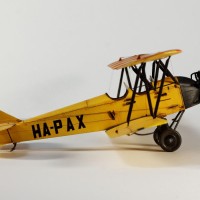
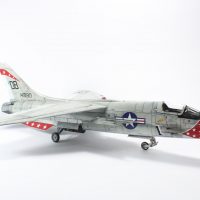
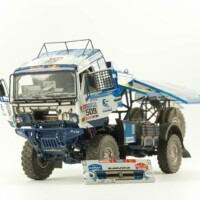
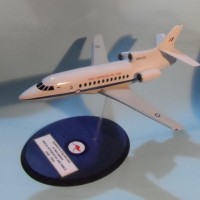
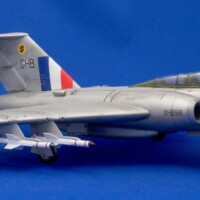
This is absolutely stunning. Well done.
Love it ! Got a great deal of inspiration from it.
Very nice indeed! Well done, Csaba
Beautiful
Love this! It just screams "flying machine" in a very childish way. Looks like a lollipop with wings.
Remarkable work Csaba! Both the plane’s colourful livery and the strut wiring really impressed me
Excellent work!
Everything about this model is on the highest level. What a great result!
Amazing work, great looking build!
Beautiful!
That is an amazing model!
An amazing build, Csaba @pikofix
All the hours you spent on this kit are really used well.
She is a true copy of the original aircraft,
A perfect post, I really enjoyed reading the write-up, the model is great, and the photographs show it off very well, not a trace of dust.
Like !
That is a real beauty! Love it!
Amazing model, Csaba!
Loved your build thread, as well!
Killer! Looks exactly like the real deal. Enjoyed your thread as well.